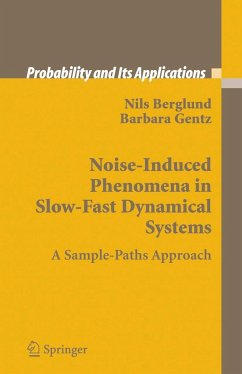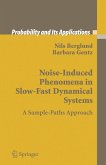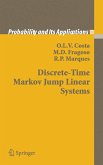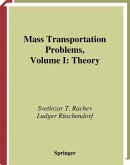Stochastic differential equations play an increasingly important role in modeling the dynamics of a large variety of systems in the natural sciences, and in technological applications. This book is aimed at advanced undergraduate and graduate students, and researchers in mathematics, physics, the natural sciences, and engineering. It presents a new constructive approach to the quantitative description of solutions to systems of stochastic differential equations evolving on well-separated timescales. The method, which combines techniques from stochastic analysis and singular perturbation theory, allows the domains of concentration for typical sample paths to be determined, and provides precise estimates on the transition probabilities between these domains.In addition to the detailed presentation of the set-up and mathematical results, applications to problems in physics, biology, and climatology are discussed.
From the reviews:
"This well-written book presents an approach based on a series of articles of both authors. The main aim is a characterisation of typical sample paths for slow-fast systems. Presenting a detailed exposition of the setup and mathematical results, as well as a path to recent applied research, the book is aimed at a wide range of readers, from advanced students to researchers in mathematics, physics, or engineering." (Dirk Blömker, Mathematical Reviews, Issue 2007 b)
"This well-written book presents an approach based on a series of articles of both authors. The main aim is a characterisation of typical sample paths for slow-fast systems. Presenting a detailed exposition of the setup and mathematical results, as well as a path to recent applied research, the book is aimed at a wide range of readers, from advanced students to researchers in mathematics, physics, or engineering." (Dirk Blömker, Mathematical Reviews, Issue 2007 b)








